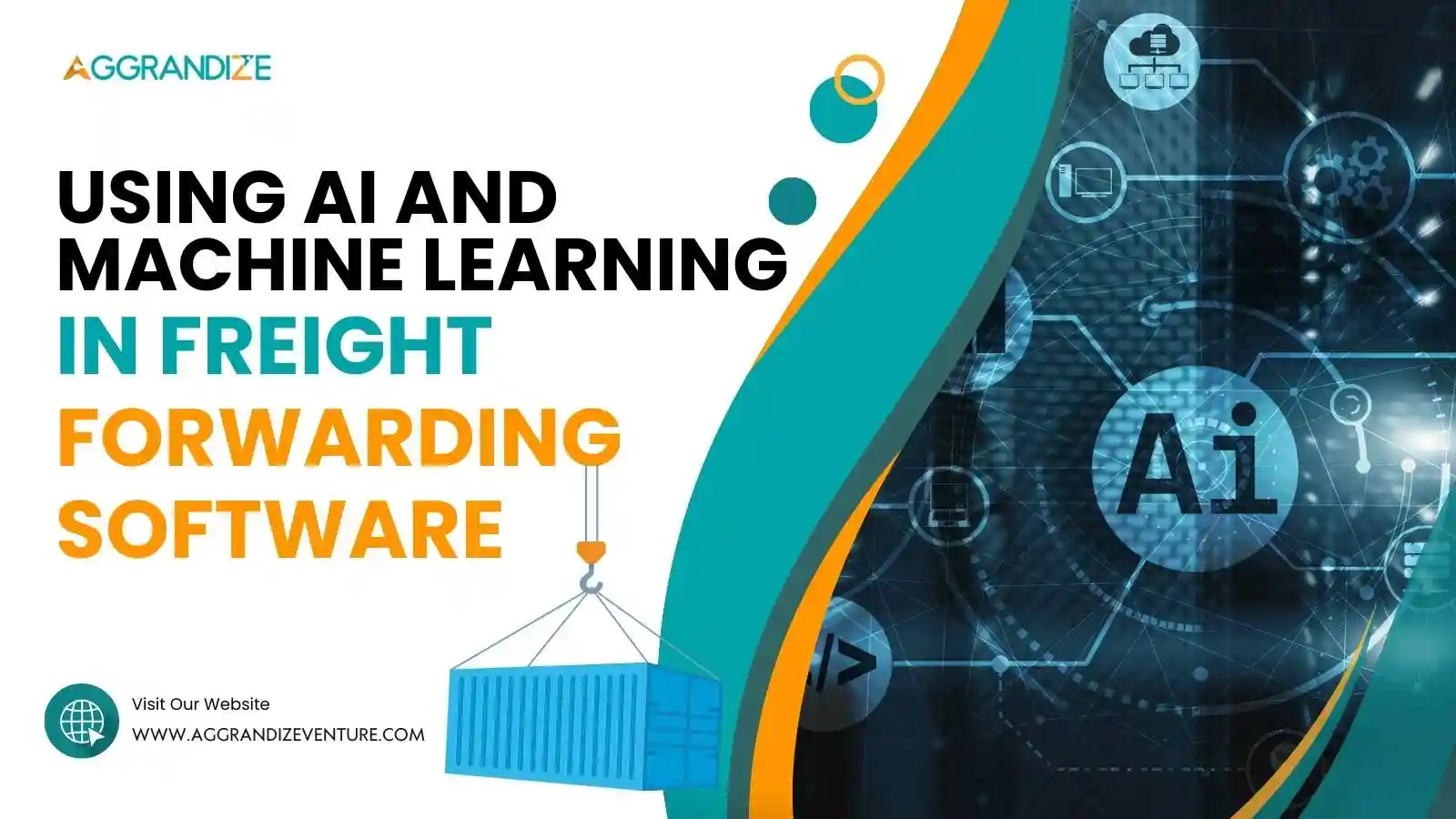In the elaborate international of logistics, in which the easy go with the flow of products is paramount, era emerges as the wind within the sails of progress. One notable technological advancement that is reshaping the landscape is the incorporation of Artificial Intelligence (AI) and Machine Learning (ML) into Freight Forwarding Software.
The Dynamic Duo: AI and Machine Learning in Freight Forwarding Enhancing Predictive Analytics AI and ML, the dynamic duo, bring a fresh dimension to predictive analytics in freight forwarding. By analyzing historical data and patterns, these technologies enable the software to make precise predictions about shipment timelines, potential disruptions, and optimal routes.
Route Optimization for Efficiency Efficiency is the heart beat of freight forwarding. AI and ML algorithms process vast datasets in real-time, optimizing routes based on factors such as traffic, weather conditions, and transit times. This not only guarantees punctual deliveries but also reduces operational costs.
Smart Decision-Making with Data Insights In an era fueled by data, valuable insights are essential. AI and ML navigate through a vast sea of information, offering actionable insights. From selecting the most cost-effective providers to anticipating potential challenges, these technologies empower freight forwarders to make informed decisions.
Automation of Repetitive Tasks Freight forwarding encompasses a multitude of repetitive tasks, ranging from documentation to shipment monitoring. AI and ML automate these responsibilities, reducing the potential for human errors and enabling logistics professionals to concentrate on more strategic aspects of their work.
Real-Time Shipment Tracking Visibility is a key element of effective logistics. AI and ML facilitate real-time monitoring of shipments, providing detailed insights into their location, condition, and estimated time of arrival. This not only improves customer satisfaction but also supports prompt decision-making in the event of unforeseen circumstances.
Dynamic Pricing Strategies In the dynamic landscape of freight forwarding, pricing techniques play a pivotal position. AI and ML analyze marketplace tendencies, demand-supply dynamics, and other influencing factors to help freight forwarders devise dynamic pricing techniques which might be both aggressive and worthwhile.
Mitigating Risks with Predictive Analysis Freight forwarding comes with its share of risks, whether due to geopolitical factors or unforeseen events. AI and ML offer predictive analysis to assess potential risks and develop risk mitigation strategies, ensuring a more resilient supply chain.
Adapting to Changing Regulations Regulations in the freight forwarding industry are constantly changing. AI and ML algorithms can keep freight forwarders updated on evolving regulations, ensuring compliance and minimizing the risk of disruptions.
In conclusion, the integration of AI and Machine Learning in Freight Forwarding Software signals a new era of efficiency, accuracy, and flexibility. As the industry steers toward a future defined by technological innovation, freight forwarders who harness these advancements are poised to move forward with a competitive edge.
